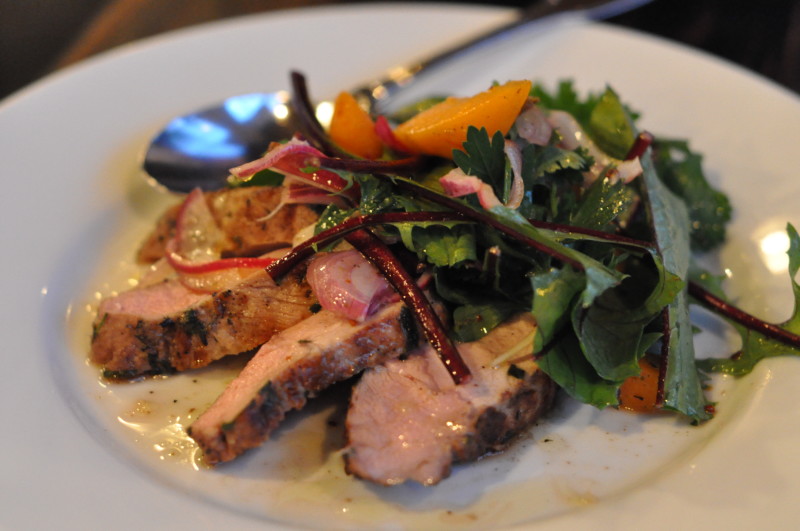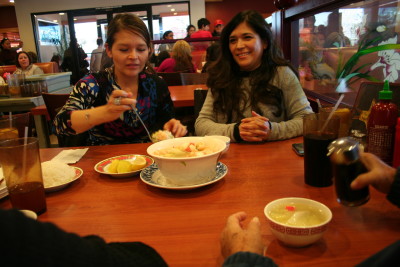The Bay Area loves its food scene. On average, we eat 4.2 meals per week on the town, and San Francisco has more restaurants per household than any other U.S. city.
But when Americans go out to eat, they consume more calories, salt, cholesterol and fat than when they prepare their meals at home, according to a report published last week in the European Journal of Clinical Nutrition.
And full-service restaurants are not necessarily better than fast-food joints. In fact, Ruopeng An, the report’s author, found that patrons of sit-down restaurants actually consumed more cholesterol and salt than those who ate fast food.

“It’s likely that people consider full-service restaurants to be healthier,” says An, a scientist at University of Illinois, “so they may be less likely to make informed decisions there.”
In some ways, the food consumed at restaurants was healthier: restaurant meals contained more beneficial nutrients than fast food, like vitamins, potassium and omega-3 fatty acids.

